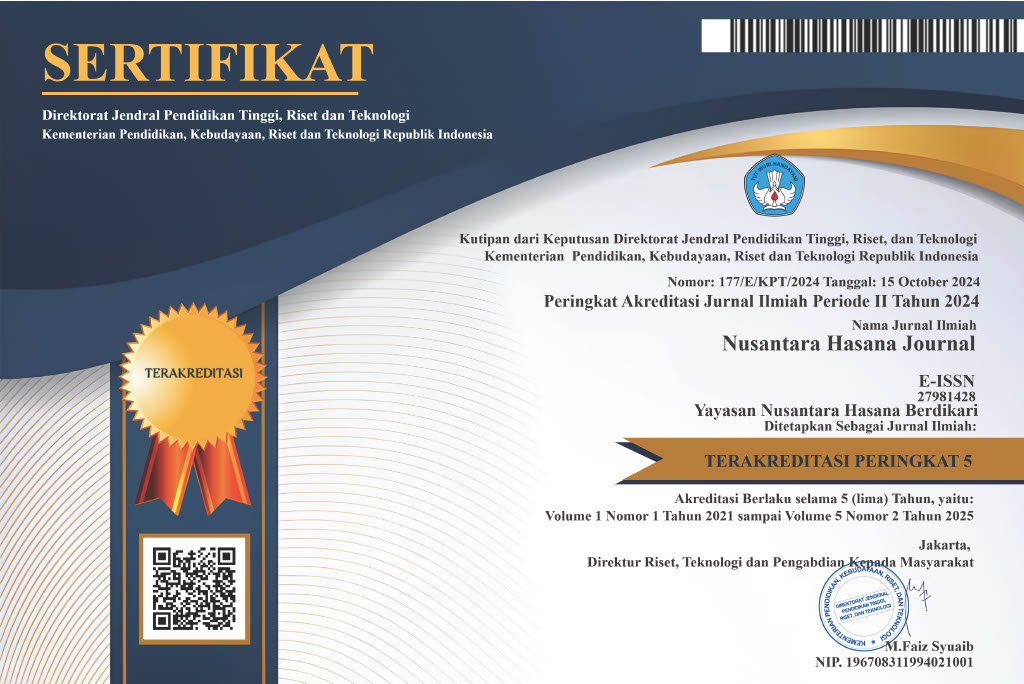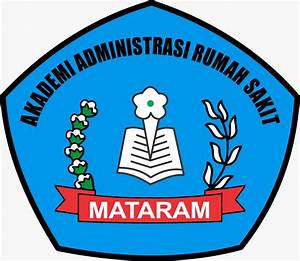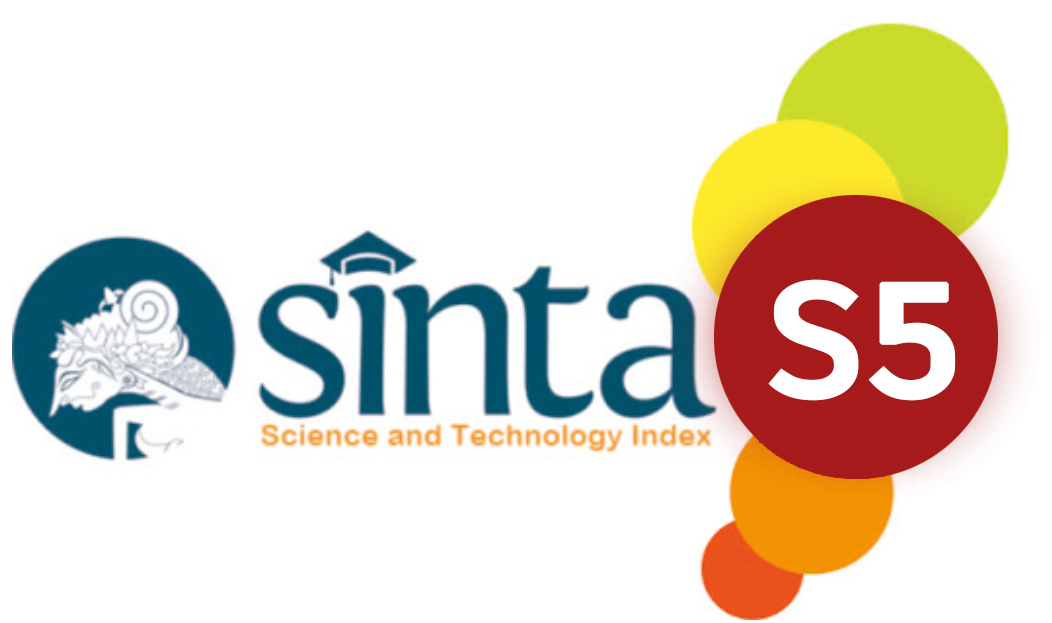RELATIONSHIP BETWEEN AGE AND HISTOPATHOLOGICAL TYPE OF MENINGIOMA ACCORDING TO THE WORLD HEALTH ORGANIZATION (WHO)
DOI:
https://doi.org/10.59003/nhj.v3i12.1128Keywords:
Meningioma, age, histopathological typeAbstract
Background: Meningiomas are the second most common intracranial tumors. The 2016 WHO classification divides the histopathological types of meningiomas into benign (WHO grade I) and malignant (WHO grade II or III). Benign meningiomas are characterized by a well-defined mass adhering to the dura mater and compressing the brain, whereas malignant meningiomas, though rare, are aggressive. Age is a factor that could influence the histopathological type of meningiomas, with incidence increasing with age. Meningiomas commonly occur in middle and old age, peaking in the sixth decade. Age is also a prognostic factor in meningioma occurrences. Method: This was an observational analytic study with a retrospective cross-sectional design on the medical records of meningioma patients at the Anatomical Pathology Laboratory of Dr. M. Djamil Padang Hospital from May 2023 to January 2024. The study included a total of 72 patients. Results: The Chi-Square test showed a p value of 0.330 (p>0.05), indicating no significant relationship between age and the histopathological type of meningiomas. Most meningioma patients were ≥40 years old (76.4%) and female (87.5%). The predominant histopathological type was WHO grade I (88.9%), with tumors ≤5 cm in size (65.3%). Conclusions: There is no significant relationship between age and the histopathological type of meningiomas according to WHO criteria.
Downloads
References
Mahrani I, Delyzer, Lukito JS. Hubungan Ekspresi Imunohistokimia Cyclooxygenase- 2 (COX-2) dengan Derajat Histopatologi Meningioma. Patologi. 2019;28(3):52–7.
Suta IBLM, Hartati RS, Divayana Y. Diagnosa Tumor Otak Berdasarkan Citra MRI (Magnetic Resonance Imaging). Maj Ilm Teknol Elektro. 2019;18(2).
Ye W, Ding-Zhong T, Xiao-Sheng Y, Ren-Ya Z, Yi L. Factors Related to the Post-operative Recurrence of Atypical Meningiomas. Front Oncol. 2020;10(April):1–7.
Ostrom QT, Price M, Neff C, Cioffi G, Waite KA, Kruchko C, et al. CBTRUS Statistical Report: Primary Brain and Other Central Nervous System Tumors Diagnosed in the United States in 2015-2019. Neuro Oncol. 2022;24(5):1– 95.
Kumar A.K. Abbas JCA. Robbins and Cotran Pathologic Basis of Disease,. 9th ed. Philadelphia (English); 2015;1314–5.
Backer-Grøndahl T, Moen BH, Torp SH. The histopathological spectrum of human meningiomas. Int J Clin Exp Pathol. 2012;5(3):231–42.
American Society of Clinical Oncology (ASCO). Meningioma Guide [Internet]. Cancer.net. 2021 [cited 2023 Mar 12]. Available from: https://www.cancer.net/cancertypes/meningioma.
Magill ST, Young JS, Chae R, Aghi MK, Theodosopoulos P V., McDermott MW. Relationship between tumor location, size, and WHO grade in meningioma. Neurosurg Focus. 2018;44(4):1-6.
Alruwaili AA DJO, Jesus O De. Meningioma 2023. In: StatPearls [Internet] Treasure Island (FL): StatPearls; 2023.
Amreany Wahab F. Hubungan Usia dan Riwayat Penggunaan Hormon Kontrasepsi dengan Derajat Meningioma Berdasarkan Pemeriksaan Histopatologi di RSUP Wahidin Sudirohusodo Periode Januari 2019-Juli 2021. Universitas Hasanuddin Makassar; 2021.
Desai P, Patel D. A study of meningioma in relation to age, sex, site, symptoms, and computerized tomography scan features. Int J Med Sci Public Heal. 2016;5(2):331.
WHO Classification of Tumours of the Central Nervous System. 4th editio. France, Lyon: International Agency for Research on Cancer; 2016. 232–245 p.
Ahuja M. Age of Menopause and Determinants of Menopause Age: A PAN India Survey by IMS. J Midlfe Heal. 2016;7(3):126–31.
Krampla W, Newrkla S, Pfister W, Jungwirth S, Fischer P, Leitha T et al. Frequency and Risk Factors for meningioma in Clinically Health 75- year-old Patients: Results of the Transdanube Aging Study (VITA). Cancer. 2004;100(6):1208–12.
Wiemels, Joseph, Wrensch M CE. Epidemiology and Etiology of Meningioma. J Neurooncol. 2010;99:307–14.
Blitshteyn S, Crook JE JK. Is There an Association Between Meningioma and Hormone Replacement Therapy? American Society of Clinical Oncology. j Clin Oncol. 2008;26:279– 82.
Sun T, Plutynski A, Ward S RJ. An Integrative View on Sex Differences in Brain Tumours. Celluler Mol Lfe Sci. 2015;72:3323–42.
Sunantara IGH, Sriwidyani NP, Ekawati NP SH. Gambaran Klinikopatologi Pasien Meningioma dari Tahun 2014-2018 di RSUP Sanglah Denpasar. J Med Udayana. 2021;10(3):77–82.
Ishaq BR, Ibrahmim A, Iskandar A. Hubungan antara Ukuran Massa dan Derajat Tumor dengan Glasgow Coma Scale Pra dan Pasca Tumor Reseksi Bedah di RSUD Abdul Wahab Sjahranie Samarinda Januari 2018-Maret 2020. J Sains dan Kesehat. 2021;3(4):462–9.
Motebejane, Mogwale S, Kaminsky I CI. Intracranial Meningioma in Patients Age
Rafli, R., Pitra, D. A. H., Hasni, D., Anggraini, D., Triola, S., Ashan, H., & Zefira, L. (2022). Radiotherapy Adverse Effects Management Training for Health Workers in Andalas University Hospital. Jurnal Kreativitas Pengabdian Kepada Masyarakat (PKM), 5(7), 2043-
Downloads
Published
How to Cite
Issue
Section
License
Copyright (c) 2024 Meta Zulyati Oktora

This work is licensed under a Creative Commons Attribution-NonCommercial-ShareAlike 4.0 International License.
NHJ is licensed under a Creative Commons Attribution-NonCommercial-ShareAlike 4.0 International License.
Articles in this journal are Open Access articles published under the Creative Commons CC BY-NC-SA License This license permits use, distribution and reproduction in any medium for non-commercial purposes only, provided the original work and source is properly cited.
Any derivative of the original must be distributed under the same license as the original.
























